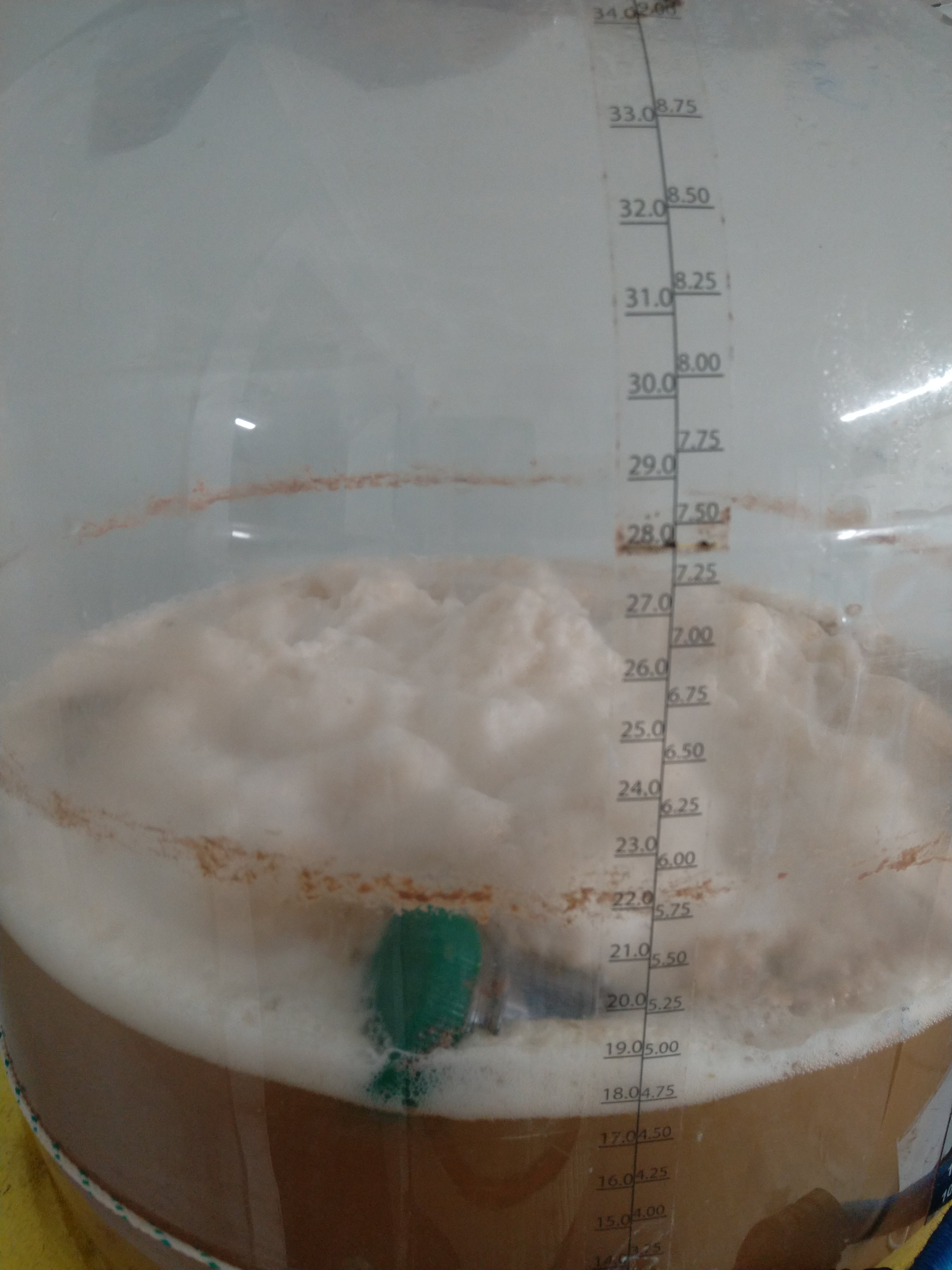I've been thinking about it, and wasn't sure either.
Too bad Mr. Malty's calculator hasn't recovered yet... That "re-pitch from slurry" tab comes in handy.
So, let's do it by hand:
According to
BrewUnited's yeast calculator, you'd need
to pitch 298 billion cells. (5.5 gallon batch @1.078).
Your 300 ml harvested yeast slurry easily contains an estimated 50% trub, could be better, could be worse, you'd be the judge.
That brings you to only 150ml of actual yeast, at best, roughly the equivalent of 3 vials or Purepitch packs, about 300 billion cells total, and quite fresh.
On first impression,
@VikeMan's suggestion makes sense, 300 cells looks about right. To pitch that is.
Then comes
@day_trippr's argument...
Yes, you want to
pitch a boatload of good, healthy, vital cells (300 billion per that calculator). And, yup, you've got them: ✓ Check #1!
But... the yeast will need oxygen to grow
more healthy cells to bring this new batch to completion. Both your harvested slurry and your freshly boiled, then chilled, batch tomorrow contain zero oxygen.
So, yes, You need to oxygenate, to a regular 8-12 ppm, yup! ✓ Check #2!
That's what I've always done too, even when pitching large, fresh starters, and never found any problems.
The yeast will use up the oxygen she needs/can, the rest will be blown off with the CO2 when active fermentation starts, as usual.
For high gravity ales, even a 2nd oxygenation is recommended.*
This 2nd one needs to be done 12-18 hours
after pitching, but
before active fermentation has started. Finding the right time for the 2nd oxygenation has proven to be most difficult. I bet we'd easily miss half of those, especially after the 18-hour checkpoint.
So if no activity is happening after 12-18 hours, I'd give her a 2nd oxygenation session too.
Just don't
overdo it.
* I would consider 1.078 a high gravity ale.



























![Craft A Brew - Safale S-04 Dry Yeast - Fermentis - English Ale Dry Yeast - For English and American Ales and Hard Apple Ciders - Ingredients for Home Brewing - Beer Making Supplies - [1 Pack]](https://m.media-amazon.com/images/I/41fVGNh6JfL._SL500_.jpg)































